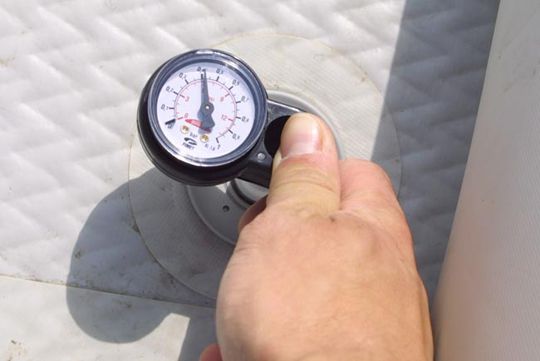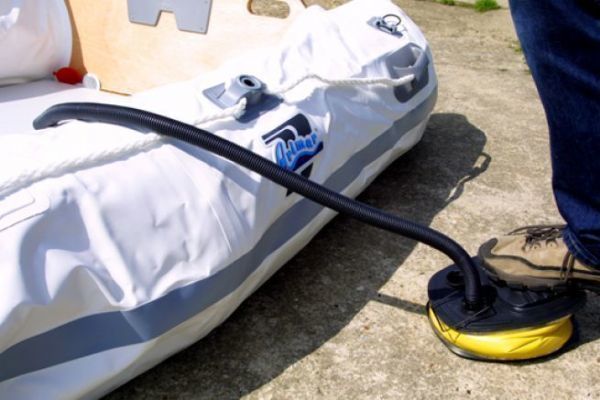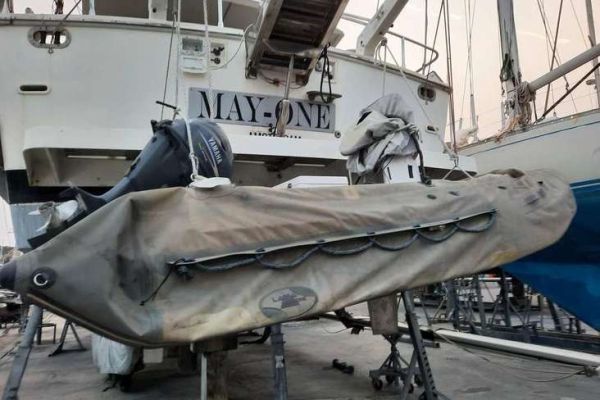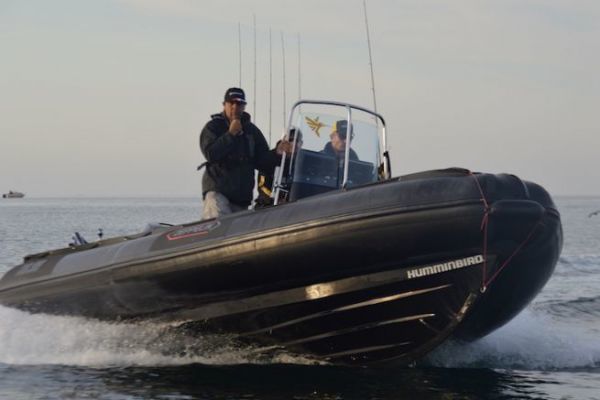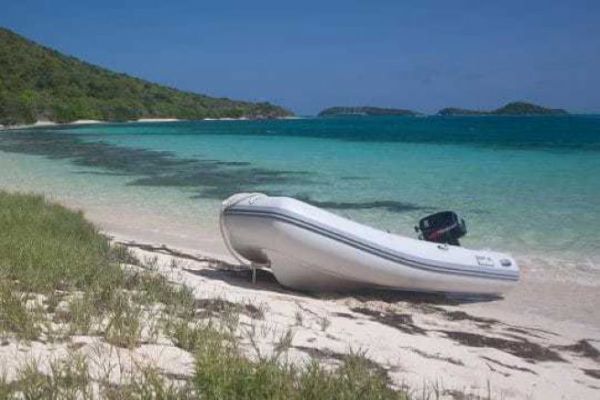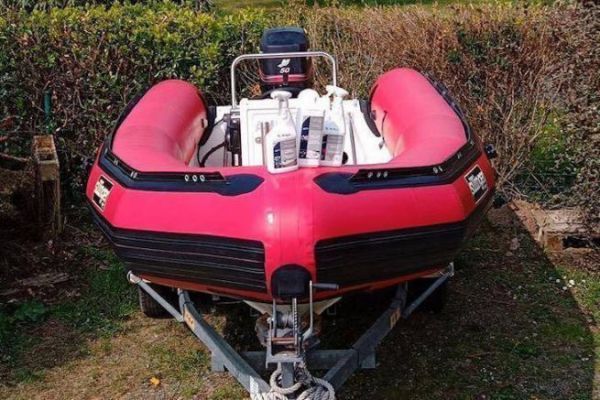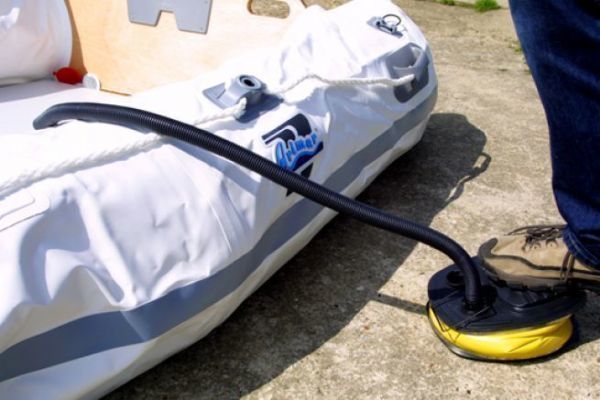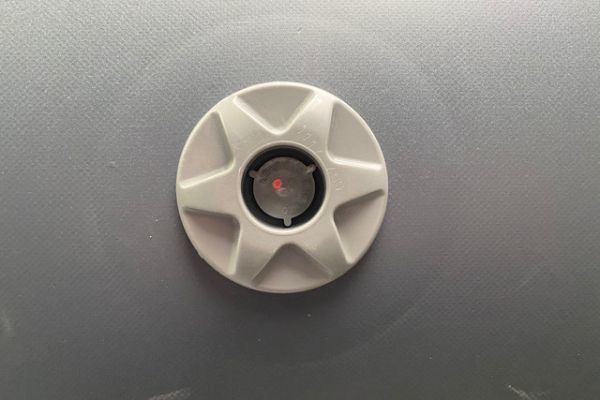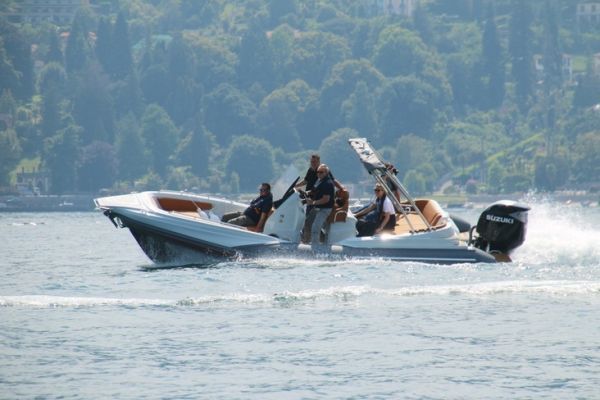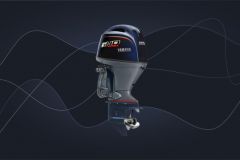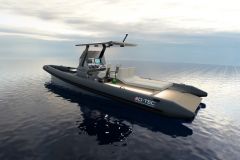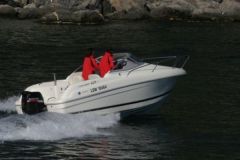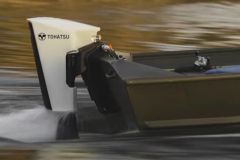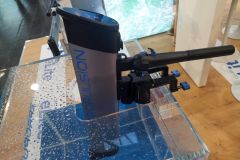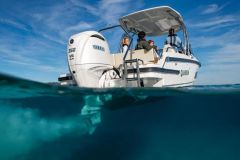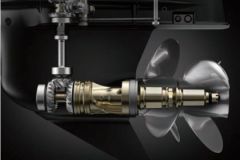How do you inflate your inflatable boat?
In summer, temperatures can vary greatly between morning and afternoon. This affects the pressure of your boat's bladders. If you're not careful, you run the risk of over- or under-inflating your boat, which can affect its performance and lifespan.
The optimum pressure for an inflatable boat is specified by the manufacturers. It generally lies between 200 and 250 millibars. This is a fairly low level that must be respected to ensure your boat runs smoothly. On a RIB, pressure is less important, as the rigid hull touches the water. On a soft inflatable, pressure is essential, as it ensures the rigidity of each compartment of the boat. The type of fabric also influences pressure. PVC is less resistant to overpressure than Hypalon, and will therefore be more affected by temperature variations.
This pressure must be measured when the boat is in the water, as contact with the water causes the pressure to drop with the temperature difference. It is therefore best to avoid inflating your boat on land, and to inflate it once it is in the water.
If you inflate your boat in the morning when it's cool, you can expect the pressure to rise with the afternoon heat. You should therefore under-inflate your boat slightly in the morning, leaving a margin of 10 to 20 millibars over the standard pressure. So be careful and under-inflate your boat or depressurize it slightly at the hottest part of the day.
In winter, when temperatures drop and the boat is not in use, they should not be completely deflated, but kept between 150 and 200 millibars. In fact, the cold reduces pressure by around 6 millibars per degree. If the bladders are too deflated, they can deform or crack. So check the pressure regularly, readjust if necessary, and store the boat in a dry place out of the sun.
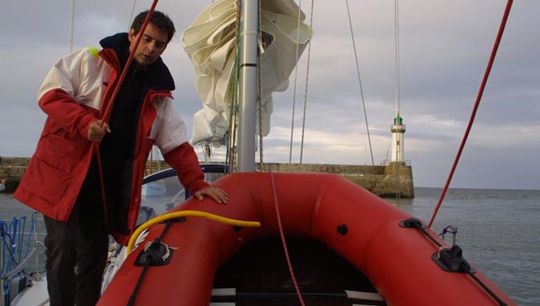
Inflatable boats: how to prevent bladders from bursting?
The sun is the number one enemy of inflatable boats. As the temperature rises, so does the pressure of the bladders. If the boat is over-inflated, the bladders can burst under the effect of the heat. This can cause a very loud noise, like a gunshot. This is what happened to me with the inflatable keel of a Zodiac dinghy, which exploded after being exposed to the sun.
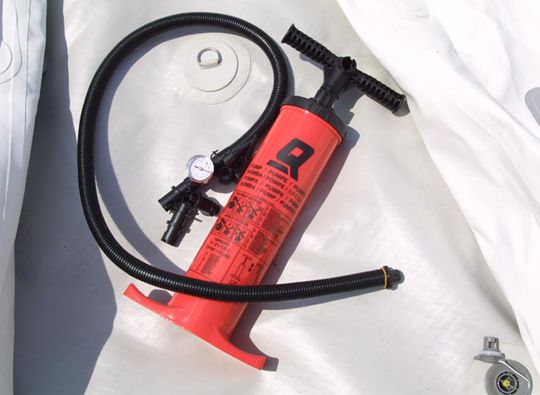
Why is under-inflation less dangerous than over-inflation?
It's true that a well-inflated boat rides well in the water and consumes less fuel. But don't be fooled into thinking that the more you inflate, the faster you'll go! Over-inflated bladders risk coming unstuck. Seams and glues will fail, permanently damaging the boat.
Under-inflation is ultimately less serious than over-inflation. Even if the fabrics, seams and glues don't work properly, there's no risk of the bladder exploding.
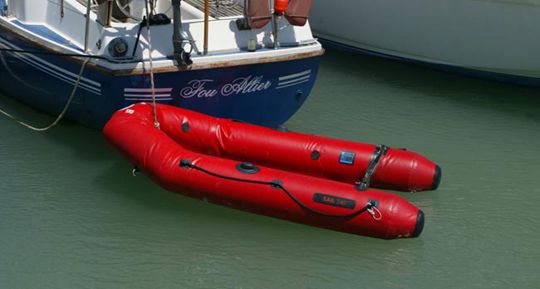
How to estimate the pressure of an inflatable boat?
An ancient method involves testing the hardness of the pudding with the thumb and knee. The thumb should meet strong resistance and the knee should make folds in the fabric. This method is not very precise, but it gives a general idea. To be sure of the pressure, the safest and ultimately inexpensive solution is to equip yourself with a pressure gauge. This little tool is placed on the valve and gives an immediate reading of the compartment pressure.
